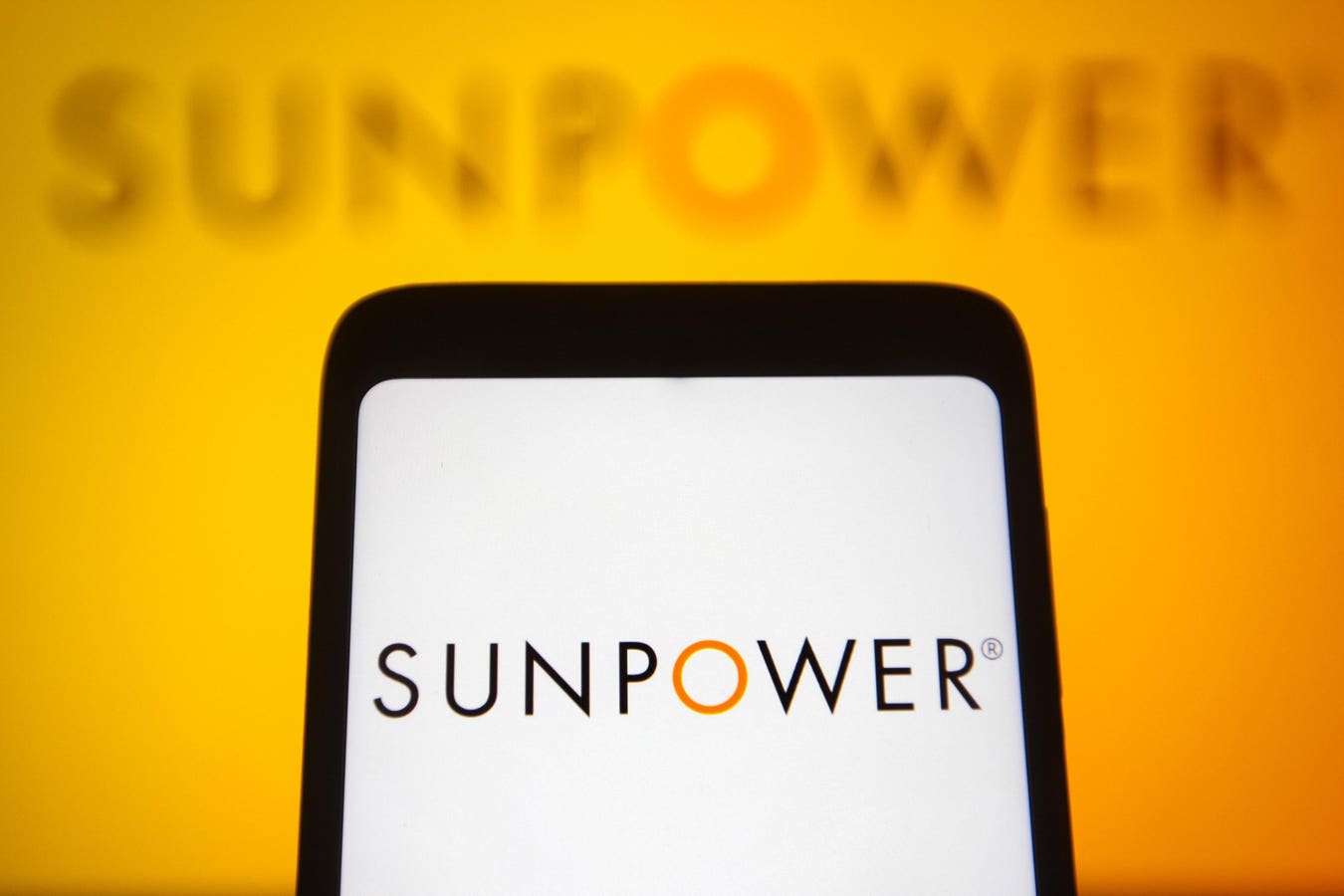Our theme on Solar Stocks – which includes solar panel manufacturers, systems installers, and component suppliers – has declined by about 54% year-to-date in 2023, compared to the S&P 500 which has gained about 18% over the same period. While solar stocks fared well through the Covid-19 pandemic driven by government stimulus and easy monetary policy, elevated interest rates are now impacting growth. The effective federal funds rate in the U.S. stands at about 5.33%, more than 2x levels seen in late 2022, following the Fed’s interest rate hikes. Higher rates have made debt financing for solar projects more expensive and possibly less viable than grid energy. This has been particularly true in states with low electricity costs, such as Arizona and Texas.
Moreover, policy-related headwinds, namely the changes to the net metering policy in California – the U.S. state with the largest solar installations – appear to have impacted stocks dependent on the residential market. In effect, California reduced the compensation paid to households for excess solar-generated electricity by 75% starting in April 2023. The lull in the residential rooftop solar market has translated into tough earnings and mixed short-term outlooks for players such as SunPower, and SolarEdge. Moreover, delays in interconnections between new customers and their electricity grids have also been a factor weighing down the sector. SunPower published a weaker-than-expected set of Q3 results with revenue down 9% versus last year. The company also cut its guidance for the full year.
SPWR stock has suffered a sharp decline of 85% from levels of $25 in early January 2021 to around $4 now, vs. an increase of about 20% for the S&P 500 over this roughly 3-year period. SPWR has had a poor run, with the stock losing value in each of the last 3 years. Returns for the stock were -19% in 2021, -14% in 2022, and -76% in 2023. In comparison, returns for the S&P 500 have been 27% in 2021, -19% in 2022, and 18% in 2023 – indicating that SPWR underperformed the S&P in 2021 and 2023. In fact, consistently beating the S&P 500 – in good times and bad – has been difficult over recent years for individual stocks; for heavyweights in the Information Technology sector including AAPL, MSFT, and NVDA, and even for the megacap stars GOOG, TSLA, and AMZN. In contrast, the Trefis High Quality Portfolio, with a collection of 30 stocks, has outperformed the S&P 500 each year over the same period. Why is that? As a group, HQ Portfolio stocks provided better returns with less risk versus the benchmark index; less of a roller-coaster ride as evident in HQ Portfolio performance metrics. Given the current uncertain macroeconomic environment with high oil prices and elevated interest rates, could SPWR face a similar situation as it did in 2021 and 2023 and underperform the S&P over the next 12 months – or will it see a recovery?
Overall, we think that there are multiple long-term positives for the solar sector at large. Inflation data for last month was also tamer than expected, with consumer prices remaining flat month over month in October. This is giving investors some confidence that the Fed could ease its interest rate hiking campaign. The sector should also see a meaningful tailwind from the Inflation Reduction Act that was signed into law in August 2022 and carries about $370 billion in subsidies and credits for clean energy investment. For example, First Solar
FSLR
Invest with Trefis Market Beating Portfolios
See all Trefis Price Estimates
Read the full article here





